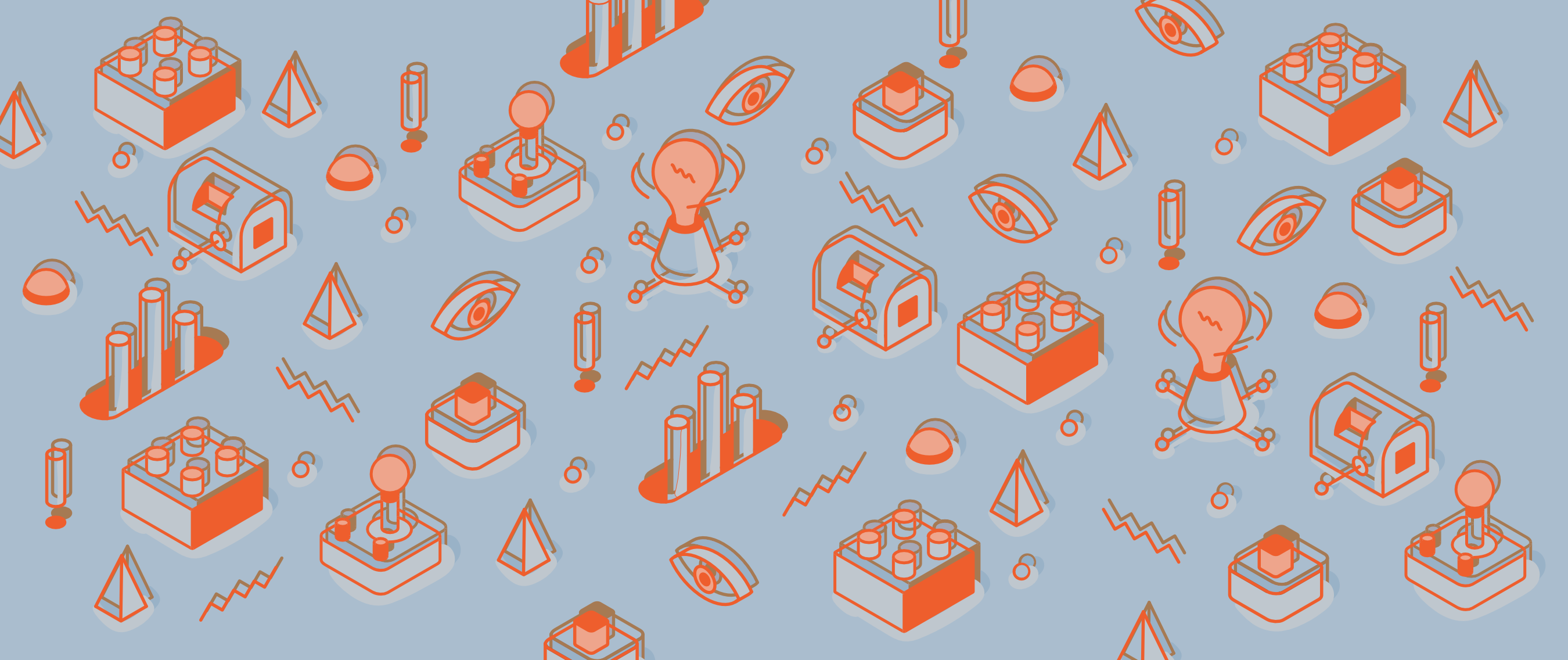Despite it has not been officially launched, this project —including its first number— has already been presented and discussed in different academic scenarios. Regardless of the space, perhaps the most repetitive type of comments it has received has to be with its hybrid printed/online condition. “Will this hybrid dynamic last?” “Do you plan to turn the project digital only?” “Is the online format just a way to store and reproduce the printed content?” This post will try to solve those questions by displaying a part of the creative process behind each issue of Tarde.
As has been already announced, Tarde was conceived as a printed publication with an online presence. This means, at least during its pilot stage, that the handbook, the printed device, will be the core of the project, particularly in terms of content. However, one of the editorial goals is to keep experimenting with multimodal possibilities to tell ethnographic stories, and that implies a strong commitment to both formats. To say it differently, both printed and online formats will be used and expanded through inventive exercises focused on telling multimodal ethnographic stories through the development of online and offline artifacts,
In that way, when a number of Tarde is suggested, a multilayered set of activities starts to simultaneously function. (1) There is an exploratory exercise in the field to get first-hand information about the main topic the edition will talk about. Then, it is about conducting (2) an editorial planning work regarding which aspects will be included in the upcoming issue, and which ones will be left for possible future ones. At the same time, (3) a design strategy is conducted to decide what content is going printed (and how), and what information will be online (and how).
Although content and format are always interlaced, points one and two are more about how content is produced. Meanwhile, point three is focused on format: now content is organized and (re)produced. Precisely, it is during the last step that printed and online artifacts can be expanded and enriched in their own ways. The creative possibilities that both formats bring are huge: an empty canvas to structure and model depending on the content, stickers, infographics, gifs, videos, maps, extra folios, cards, postcards, and even small board games.
That is why, the hybridization of Tarde allows us (the ones behind the project) to explore and use a wide variety of resources to grasp and represent the minimal situations happening outside without being limited by format, size, or media. At the same time, Tarde’s users will have access to an ecosystem not only composed of all kinds of topics and stories but made of rich multimodal formats and devices. Finally, and although this will be the core of an upcoming post, keeping both printed and online artifacts is also a creative process with great pedagogical possibilities to explore in the future.
Besides its editorial goals regarding becoming an open-access publication focused on the minimal and irrelevant of urban life, Tarde has also been conceived as an ethnographic laboratory where urban matters, the city, anthropology, philosophy, journalism, and design converge. Tarde hopes to develop itself as an academic place with a strong syllabus in urban studies and multimodal ethnography, an inventive space to experiment beyond the academy, and learn by doing.

